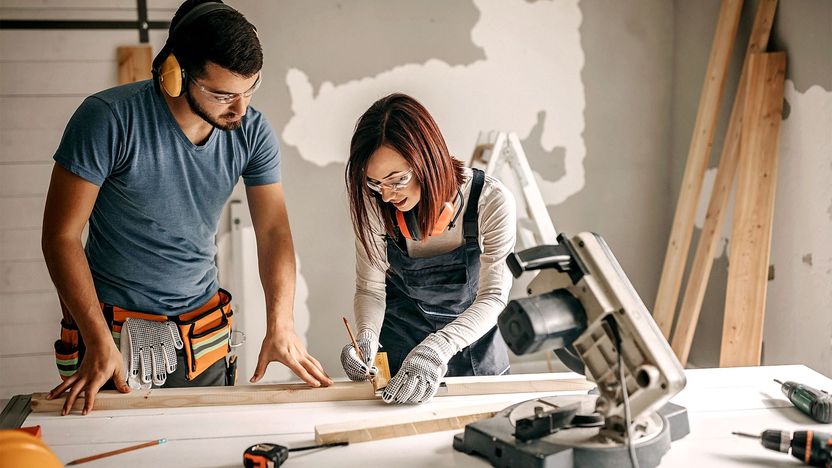Sep 21, 2023
Home flipping sure sounds glamorous: Buy a run-down home in a desirable neighborhood, fix it up, and sell it for a fat profit. HGTV has turned a whole crop of photogenic flippers into household names.
After profits took a hit as the housing market slowed and investors exited the market, flipping is once again bringing in a stronger return on investment, according to a recent report from real estate data firm ATTOM.
Investors typically made a gross profit of about $66,500 on a flip in the second quarter of this year, according to ATTOM. That number represents the difference between what they paid for the property and what it sold for—and does not subtract what they spent to remodel the home. Repairs and updates can cost 20% to 33% of the home’s sale price.
For the second quarter in a row, profits rose. They were up 18% from the first quarter of this year but still down 35% from the same time last year. Returns on investments stood at about 27.5%, well shy of the 61% high reached two years ago.
Finished flips sold for a median of $308,500 nationally, according to ATTOM.
“Fortunes for investors who flip homes for quick profits are showing more signs of turning around,” ATTOM CEO Rob Barber says in a statement. “It’s still too early to declare the profit downturn over, as much will depend on whether the second-quarter market surge keeps going or whether it retreats again like it did last year.”
About 8% of all single-family home and condominium sales—about 84,350 in all—from April to June were flips, according to ATTOM. That’s roughly 1 in every 13 home sales. That’s down from 9.9% of all sales in the first quarter of the year and 8.9% a year earlier.
To come up with its findings, ATTOM examined sales deed data of single-family homes and condos sold in arm’s-length transactions to find homes that were sold twice within 12 months. That indicates a home might have been flipped.
The recovery is at least partly due to home prices rising instead of falling. The risk for investors is that they’ll purchase a property to flip, they’ll spend a lot of money on renovations, and then the market will turn and prices will fall before they can get the home back on the market.
“The latest investment returns may not be substantial enough to cover the holding costs on typical deals,” Barber says.
Which metros have the highest (and lowest) home-flipping rates?
The highest flipping rates were in the South, where homes tend to be more affordable.
The Macon, GA, metropolitan area had the highest flipping rate, at 16.8% of all home sales. It was followed by Columbus, GA, at 15.3%; Spartanburg, SC, at 13.5%; Atlanta, at 13.5%; and Akron, OH, at 12.5%. (Only metros with at least 200,000 residents and at least 50 flips within the second quarter of the year were measured.)
Flippers made the highest profits in the Midwest and Mid-Atlantic regions. Akron had the highest returns on investment, at 116.7%, followed by Pittsburgh, at 112.9%; Scranton, PA, at 93.7%; Hagerstown, MD, at 86.6%; and Trenton, NJ, at 85%.
Flips were the least common in some of the nation’s priciest housing markets.
The Seattle metro had the lowest flipping rate, at just 3.7% of sales. There were also fewer flips in Santa Rosa, CA, at 4%; Silicon Valley’s San Jose, CA, at 4.2%; San Francisco, at 4.3%; and Hilo, HI, at 4.3%.





